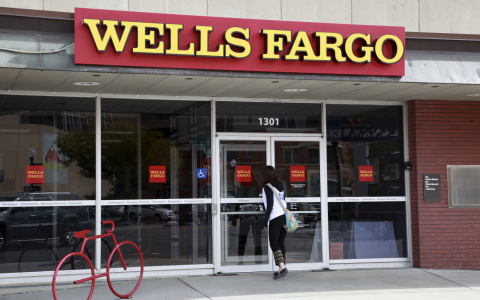
As the coronavirus pandemic intensifies, major US banks are beginning to alter their branch operations in an effort to protect their employees and customers, The Wall Street Journal reports.
There are two primary branch strategies that banks are taking to limit the spread of the coronavirus:
- Outright closures. Some banks are opting to eliminate all in-person interactions by temporarily shuttering branches. The most prominent example of this strategy is Chase, which decided to close 1,000 of its branches nationwide. Capital One is also pursuing this tactic, opting to temporarily close 41 Capital One Cafés and 121 regular branches across the country.
- Restricted access. Other banks are closing their branch lobbies but maintaining availability by offering services only via their drive-thru windows. BBVA announced Friday that it would be taking this approach, making most branches drive-thru only and closing locations without drive-thrus or those close to other locations that have a drive-thru option. It will also, however, offer limited lobby hours at 5% of branches, three days per week. Similar tactics are being undertaken by Truist, PNC, Huntington Bank, and Fifth Third.
These measures are diametrically opposed to the strategy being tested in the UK by Nationwide Building Society, which centers on increased access for the vulnerable. The UK bank is conducting a trial in which it is opening select branches an hour early for exclusive use by elderly and vulnerable customers during the coronavirus pandemic, enabling those customers to take advantage of additional cleaning measures undertaken the prior evening.
The result is an increase in overall access to branches, the opposite of the trend among US banks. It remains to be seen whether Nationwide's strategy pays off, or if it will be forced to follow similar measures to US banks as the coronavirus crisis deepens.
Meanwhile, increasingly restricted branch access will put US banks' online and phone banking options to the test. Consumers are still going to need to access their money during the crisis, and with branches becoming more difficult to access, many will likely turn to digital and call center banking as their primary channels, even if they didn't use them very much before. This will shine a white-hot spotlight on exactly what tools banks offer through those channels, their effectiveness, and whether their platforms are braced to handle a sudden surge in volume.
This article originally appeared on Business Insider.



